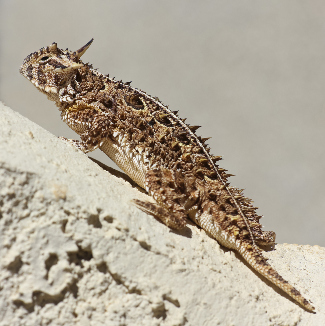Located in the Texas Hill Country, Colorado Bend State Park is a five-hundred and eighty-three-acre park. It was purchased by the state in 1984 and opened to the public in 1987. This park is a great place for nature lovers to explore the karst features of the Hill Country, including sinkholes, springs, and caves.
Despite the lack of a single swimming area, Colorado Bend State Park offers plenty of other opportunities to cool off. There are several clear swimming areas on the park’s trails. The trails are designed so that you can swim in several locations. During the summer months, temperatures can soar very high. However, in the winter months, the temperatures are much cooler. Regardless of the season, you’ll want to bring plenty of warm clothing and a thermal blanket to protect yourself from the elements.
Colorado Bend State Park is located about two hours northwest of Austin. It is a rural area; the nearest  larger cities are San Saba, Llano, and Burnet. The park is open to the public six hours a day, and is just $5 per person. A Texas State Parks pass will save you at least seventy percent off the price of admission.
larger cities are San Saba, Llano, and Burnet. The park is open to the public six hours a day, and is just $5 per person. A Texas State Parks pass will save you at least seventy percent off the price of admission.
If you love hiking, then you’ll want to check out Colorado Bend State Park. This park is home to over 400 caves, and you can take a guided cave tour at one of three levels of difficulty. Make sure to bring sturdy shoes and a flashlight, and be prepared to get wet. The park is also located on the Colorado River, so kayak rentals are available.
One of the most popular hiking trails at Colorado Bend State Park is the Gorman Falls hike. This hike is about 3 miles roundtrip and is moderately challenging. While it involves a bit of hiking over rough terrain, it is relatively easy and takes about two hours to complete. You can also stop by the park’s waterfall, which is a picturesque sight.
The park’s limestone formations are Morrowan and Pennsylvanian in age, with abundant fossils and siliceous sponge spicules. In the northern part of the park, this limestone is part of the Ellenburger Group, which represents open-water deposition in the Llano area. The park also contains younger limestones. The Tanyard Formation is exposed near park headquarters, while the Honeycut Formation is exposed near the northwest end. The limestones in the area are tan-gray in color and contain some laminations.
The park’s name is derived from the Colorado River, which runs through the park. This river is a great place to swim or fish, and the park also has dozens of spring-fed pools. The river is one of the best kept secrets in Texas, and you’ll definitely enjoy spending some time in the park.
For more adventure, you can take the Gorman Falls trail. The trail is about 0.85 miles long and mostly flat, but near the end it ends on a rocky outcrop. Chains help hikers stay on the trail, but the hike requires a slower pace and careful attention.


